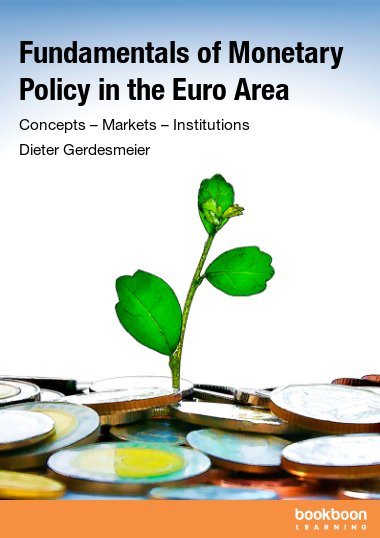Central banks are among the most powerful actors in today’s financial markets. This notwithstanding, for the public, there remains a certain mysterious aura around these institutions and the way they work in practice. This book aims at shedding more light at central banks and monetary policy, with a particular focus at the euro area.
About the author
Dieter Gerdesmeier holds a diploma in business and economics from the University of Basel (CH) and was awarded a doctorate in economics. Having worked for the Deutsche Bundesbank in the past, Dieter Gerdesmeier is now working for the European Central Bank and for the Frankfurt School of Finance and Management. His lectures comprise monetary theory and policy, macroeconomics and the empirics of financial markets.
